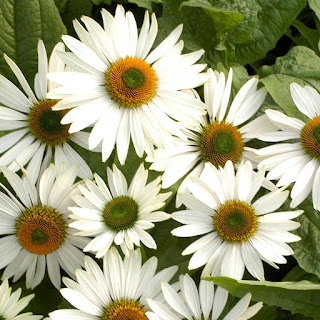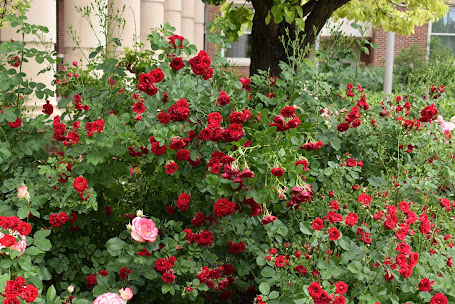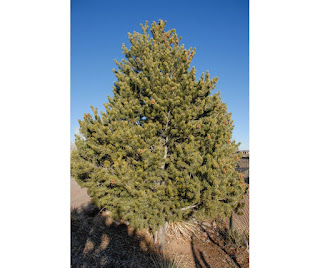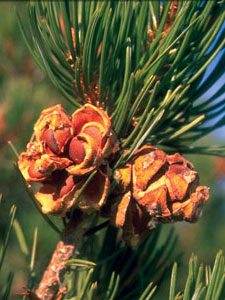Coneflowers
By CSU Horticulture Agent, Linda Langelo
Photo credit: Fossil Creek Tree Farm, Cheyenne SpiritNew research is being done all the time with cultivated varieties. One such garden that does trials on coneflowers and many other perennials is Mt Cuba Center. This garden is a botanical garden that studies native plants and plant conservation.
Coneflowers are native to central and eastern United States. Coneflower or Echinacea is a clump-forming herbaceous perennial. Echinacea purpurea produces roots that are more fibrous while other species produce roots that are taproots. This allows them to grow in areas that experience drought and in areas that have heavy competition from other plant's roots. All coneflowers require well-drained soils. The fibrous root system of Echinacea purpurea makes it an ideal plant for many garden sites that have a perennial mix.
Some of the nine species Mt Cuba Center studied grow here in Colorado. The observation of these plants was over a two-year period. Both the performance and visitation of various pollinators was recorded. No fungicides were used during the two-year period. Supplemental water was provided in the first season only to allow the plant's roots to become established.
Of all the Echinacea purpurea species trialed at Mt Cuba Center, the cultivated varieties that performed the best were Echinacea purpurea 'Pica Bella' and Echinacea purpurea 'Fragrant Angel'. Why were they chosen? Their overall habits were sturdy, semi-compact that resisted flopping. There was no need of staking.
Echinacea purpurea 'Pica Bella' is a cultivated variety that most resembles the straight species, Echinacea purpurea in its floral display. This variety also ranked ver high in the number and types of pollinators that were found on the prominent orange cones during the late June to mid-July bloom time. Among the types of pollinators were butterflies, bees, and wasps. The plant will reach a height of only two feet compared to the four feet of straight species.
Photo credit: Missouri Botanic Garden - Pica Bella
Echinacea purpurea 'Fragrant Angel' is the highest rated of all the cultivated varieties of a white flowering Echinacea. The blossoms are around four and a half inches wide that flower from July into August. This plant is also ranked very high for attracting pollinators such as bees, wasps, and butterflies.
Photo credit: White Flower Farm - Fragrant AngelOverall, Echinacea are short-lived plants unless they are started from seed. They also have an incurable systemic disease called Aster yellows. It is a pathogen called a phytoplasma, a microorganism that is spread from plant to plant by leafhopper insects. The only way to reduce the spread of the disease is to get rid of the infected plants.
The other issue with Echinacea is eriophyid mites which can cause unusal growth in the floral cones. In this case the removal of the floral cone can help to control the mites. The symptoms for eriophyid mites are localized infection with the lack of green leafy growth originating from the flowers.
In Sedgwick County Extension, we started a trial garden of Echinacea in 2021. We will see which ones overwintered and how prolific and disease free they are in 2022. The cultivated varieties we chose were based on local availability in the nurseries. These were the following Echinacea:
- 'Cheyenne Spirit (Echinacea hybrida)
- 'Prairie Giant'
- 'Kim's Knee High'
- 'Solar Flare'
Photo credit: reddit - Solar Flare



























